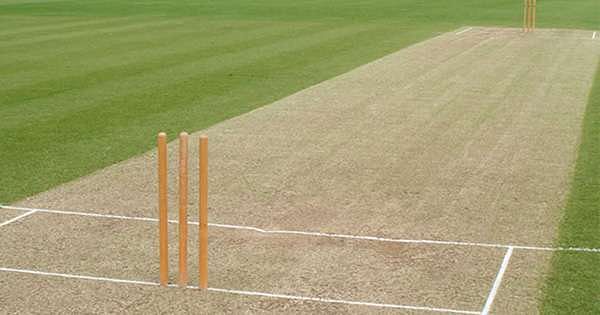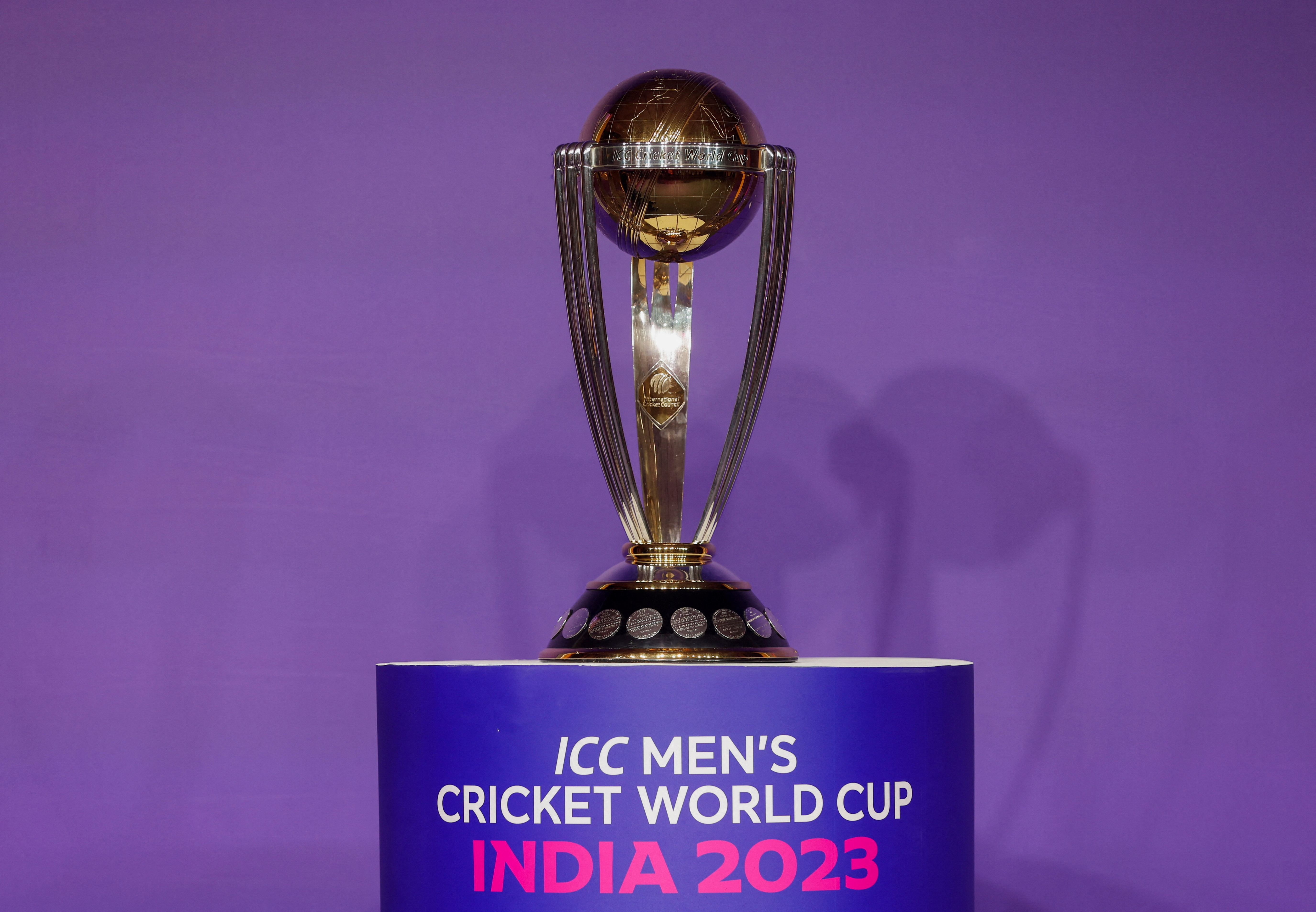Pitches during the pre-broadcasting era
The other side of non-competitive pitches
Advent of subcontinent and South African pitches
It was then, towards the later part of the 90s, like a breadth of fresh air, South Africa pitches came into the picture. The wickets in South Africa proved to be a blessing in disguise for the beleaguered bowlers. Most of the pitches were unplayable for the first couple of days. Then came the wickets in the sub-continent that were prepared to help the spinners. Partly to negate the threat of the non-Asian team’s fast bowlers and partly to exploit their weakness against spin.
At this period, Australian wickets started to lose their bite and the much famed WACA Perth became a batsman’s paradise. Brisbane Gabba too lost much of its bounce. Maybe it is because of the soil or maybe it is the power of the broadcasting networks. They want the game to go on over to complete 5 days which essentially means that they will sell as many advertisement slots as they want to rake in millions of dollars. The boards only obliged because they benefitted too. As Australian wickets were becoming batsmen friendly, English pitches began to suit the bowlers, more specifically, the swing bowlers to a large extent. That redressed the balance at the world level.
Which pitches favour exciting cricket?
It is a fact that test matches played on a square turner or a seaming pitch or a pitch that has lot of carry for the fast bowlers are much more exciting than pitches that has got absolutely nothing for the bowlers. Whether the ball turns square from ball one of the test or whether there is exaggerated movement off the wicket or whether they is more than usual bounce, none of these should matter. The spectators will easily favour these type of wickets than the road like ones found in Australia because of the exciting cricket that these pitches produce.
The India vs Australia series in India a couple of years ago was much more exciting than Australia’s clean sweep of Pakistan & New Zealand in 2019. The Indian pitches in all the tests turned a lot earlier than expected whereas in Australia, the pitches hardly had anything for the bowlers. Australia won those tests because of sheer scorecard pressure and nothing else. The last Ashes series in 2017 was another case in point for dull cricket. The moment teams are able to score in excess of 450, it calls for dull cricket though the test might produce a result on the last day.
Test cricket will become irrelevant if the pitches are not made bowlers friendly
Nowadays, a lot of tests are producing a result but that has got nothing to do with the way pitches behave. It has got more to do with how batsmen because of consistent exposure to One Day & T20 cricket, are taking more risks to score runs and gets out during the course. It is a fact that batsmen have struggled to negotiate a tough pitch against good bowlers. Witness England’s many collapses, India’s hammering in England and South Africa. Non-Asian teams’s continued struggle in the subcontinent. This is because of the years of being brought up on pitches that never had any assistance for the bowlers. This essentially means that batsmen are not technically equipped to play on such pitches.
Broadcasters needs to be reined in
Cricket boards across the world, with the exception of a few, are struggling for finance. They had to pay the players, officials, groundsmen, maintain grounds, etc. It calls for enormous finances which is usually brought in by the broadcasters. For these broadcasters, the longer the game goes on the better it is for them to earn through sponsorship. It is actually a catch-22 situation. The boards require the money but definitely not at the cost of the quality of the game. The situation in ODIs and T20 are even more dire. Scores in excess of 7 per over is becoming common throughout the world.
Eoin Morgan even talks about scoring 500 in ODIs. When that day comes, it will be like kiss of death to One Day cricket. ODI are already losing its relevance. As such bowlers are reduced to mere bystanders. All they had to do was run along and bowl to the batsmen. The batsmen will choose where to hit the ball. It is time the balance between the bat and the ball is addressed. This must be done in all formats of the game to ensure good competitive game.
What do you think? Shouldn’t the game become a level playing field? Hasn’t the game turned batsmen friendly?



